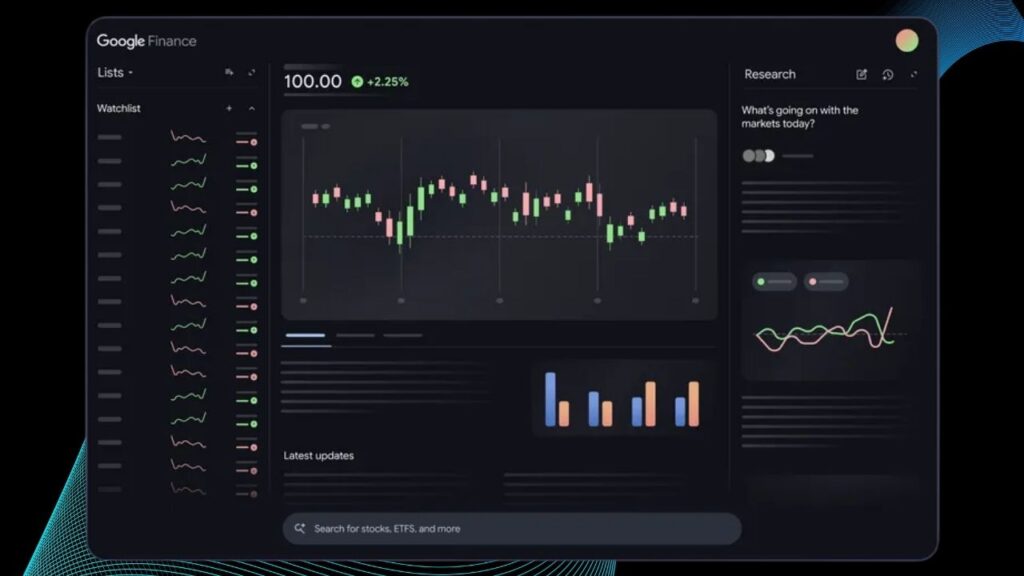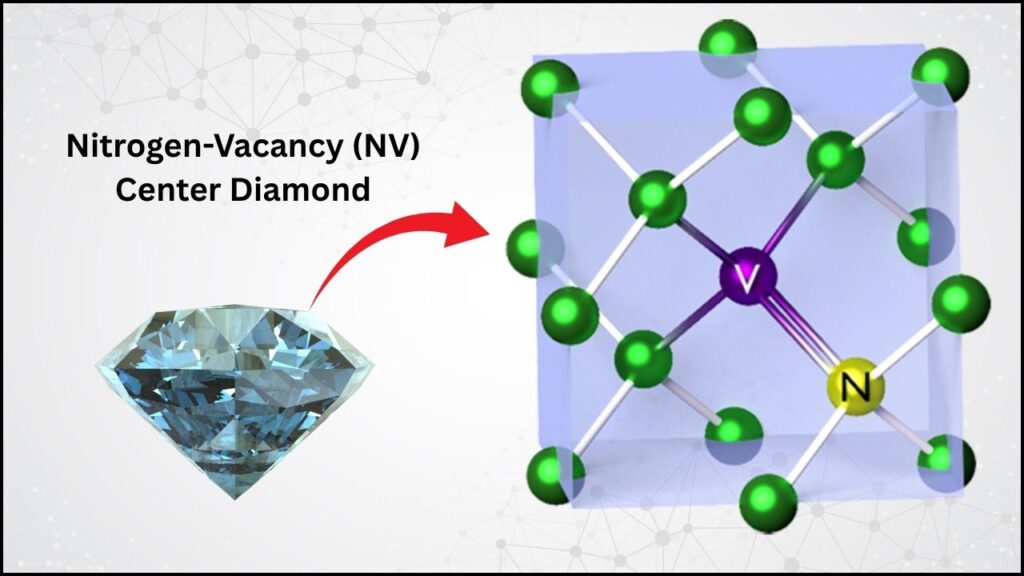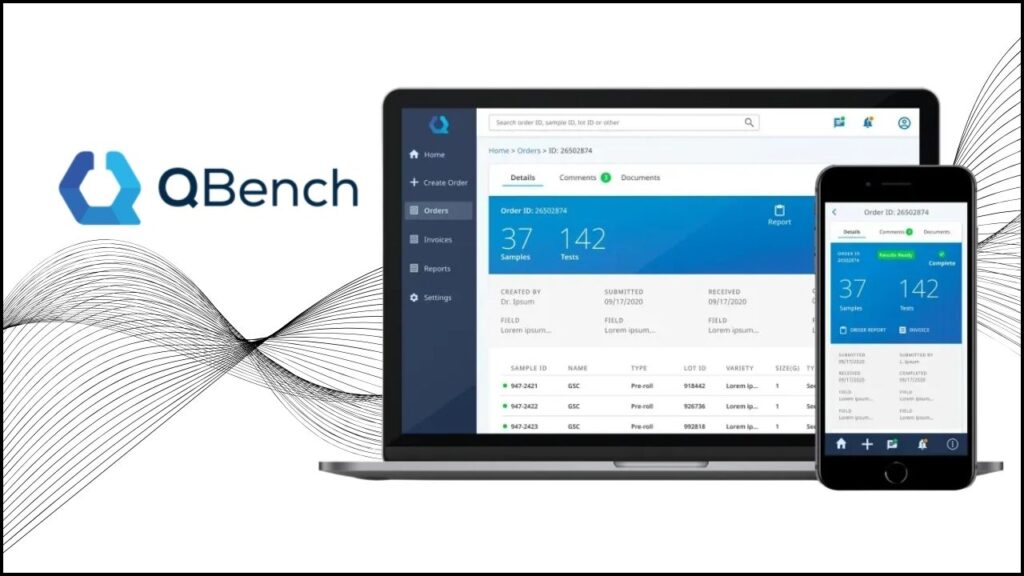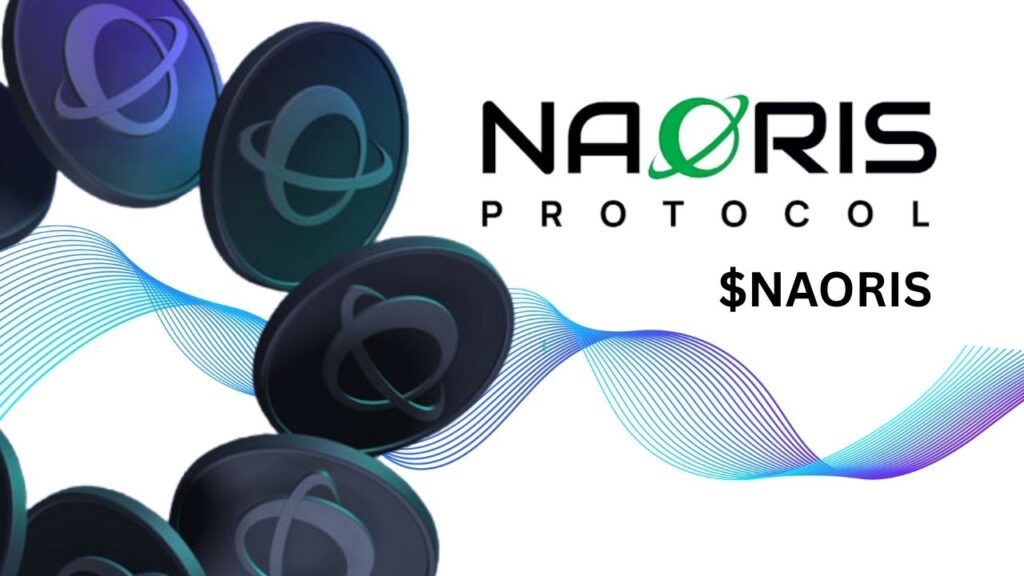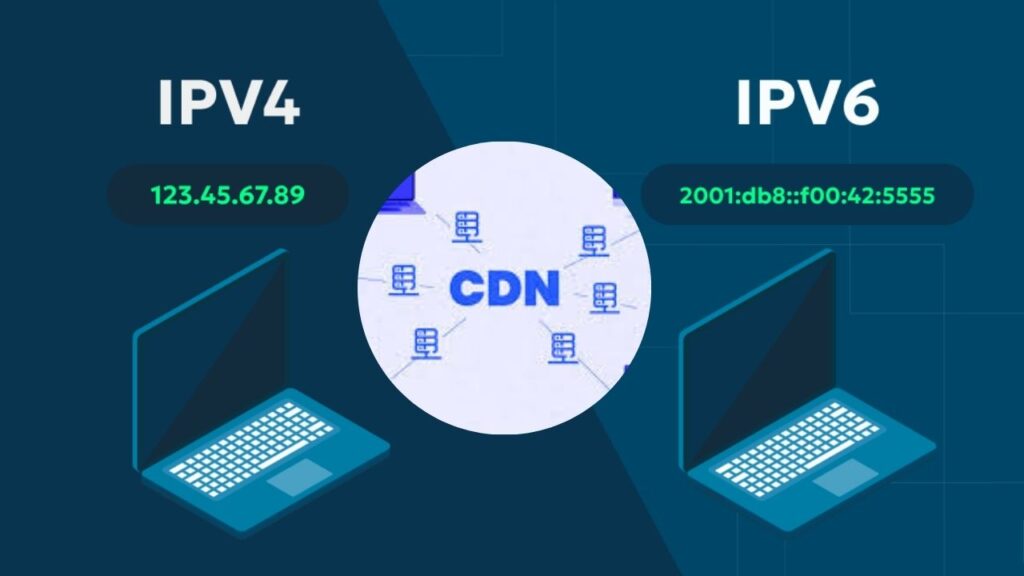Microsoft Edge gets lightning-fast speed boost—this is more than just a catchy headline. In 2025, Microsoft Edge has undergone transformative enhancements that have made it not only a serious contender but, in many ways, a leader in the browser speed race. Whether you’re a student, a business professional, or a casual web surfer, these improvements can have a real impact on your daily digital life.
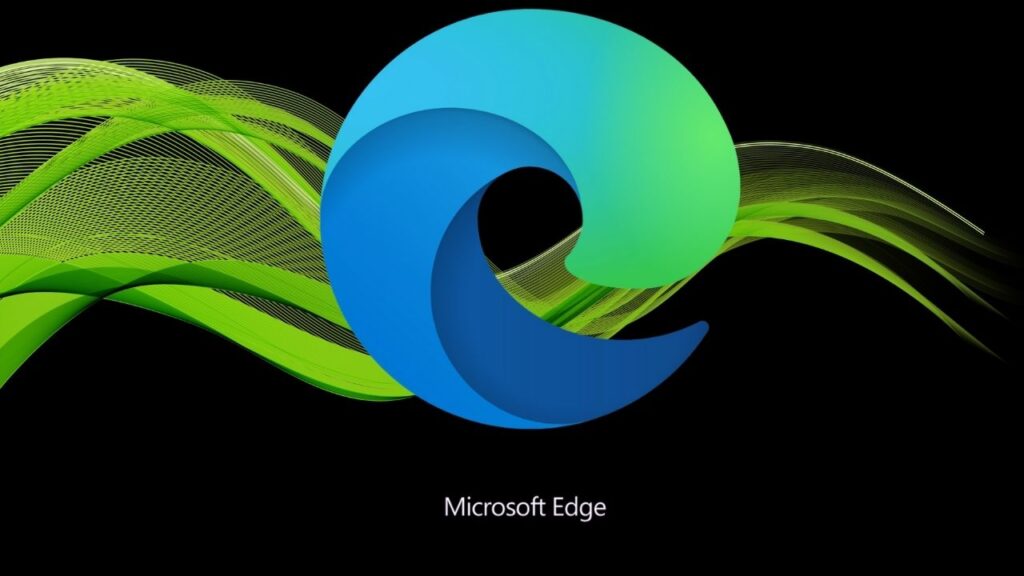
This article will explore how Microsoft Edge achieved these remarkable gains, why speed matters in modern browsing, and how you can benefit from these changes. We’ll also provide practical advice, clear examples, and expert insights to ensure you get the most from your browsing experience. All information is carefully researched and based on official data and industry benchmarks—no hype, just facts.
Table of Contents
Microsoft Edge Gets Lightning-Fast Speed Boost
| Feature/Aspect | Details & Stats |
|---|---|
| UI Load Time | 40% faster on key features (Settings, Read Aloud, Split Screen, Workspaces) |
| First Contentful Paint (FCP) | Under 300 milliseconds for instant visible content |
| Speedometer 3.0 Benchmark | Up to 9% faster than previous Edge versions |
| Startup Time | 2% faster |
| Navigation Time | 1.7% faster |
| Web Page Responsiveness | 5–7% improvement |
| Efficiency Mode | Up to 25 minutes more battery life on laptops |
| Professional Impact | Faster downloads, history, and private tabs for productivity |
| Upcoming Improvements | Print Preview, Extensions, and more |
Microsoft Edge’s lightning-fast speed boost is not just a technical achievement—it’s a real-world improvement that benefits everyone, from students and families to professionals and enterprises. With innovations like WebUI 2.0, Efficiency Mode, and continuous optimization, Edge now delivers a browsing experience that’s faster, smoother, and more efficient than ever before.
If you haven’t tried Edge recently, now is the perfect time. With regular updates and a clear focus on speed, Microsoft Edge is setting a new standard for what a modern web browser should be.
The Science of Speed: Why Browser Performance Matters
What Is Browser Speed, Really?
When we talk about browser speed, we’re not just referring to how quickly a browser opens. Speed includes several factors:
- Startup Time: How fast the browser launches.
- First Contentful Paint (FCP): The time it takes for the first visible content to appear on your screen after you open a webpage.
- UI Load Time: How quickly browser features like Settings or History become usable.
- Navigation Time: How fast you can move between different web pages or tabs.
- Responsiveness: How quickly the browser reacts to your clicks, scrolls, and typing.
Each of these elements contributes to your overall experience. Even a few hundred milliseconds can make the difference between a smooth, enjoyable session and a frustrating one.
Why Speed Matters for Everyone
- Students need fast access to resources for research and assignments.
- Professionals rely on quick downloads, instant tab switching, and responsive tools to stay productive.
- Families and casual users want entertainment and information without annoying delays.
In today’s world, where much of our work and play happens online, a faster browser means more time for what matters and less time waiting.
How Microsoft Edge Achieved Its Speed Boost
The WebUI 2.0 Revolution
The most significant change in Edge’s speed story is the introduction of WebUI 2.0. This new architecture has been engineered to:
- Reduce code bundle size: Less code means faster loading.
- Minimize JavaScript execution: By running only essential scripts, Edge can initialize features more quickly.
- Optimize feature delivery: Features like Settings, Read Aloud, and Split Screen now load up to 40% faster.
This architectural overhaul isn’t just a technical detail—it’s a fundamental shift in how Edge processes and displays content, making the browser leaner and quicker.
Real-World Performance Gains
Let’s break down the improvements you’ll actually notice:
- First Contentful Paint (FCP): Now under 300 milliseconds. This is the time it takes for the first text or image to appear when you load a webpage. Research shows that delays beyond 300–400 ms can frustrate users and lead to higher bounce rates.
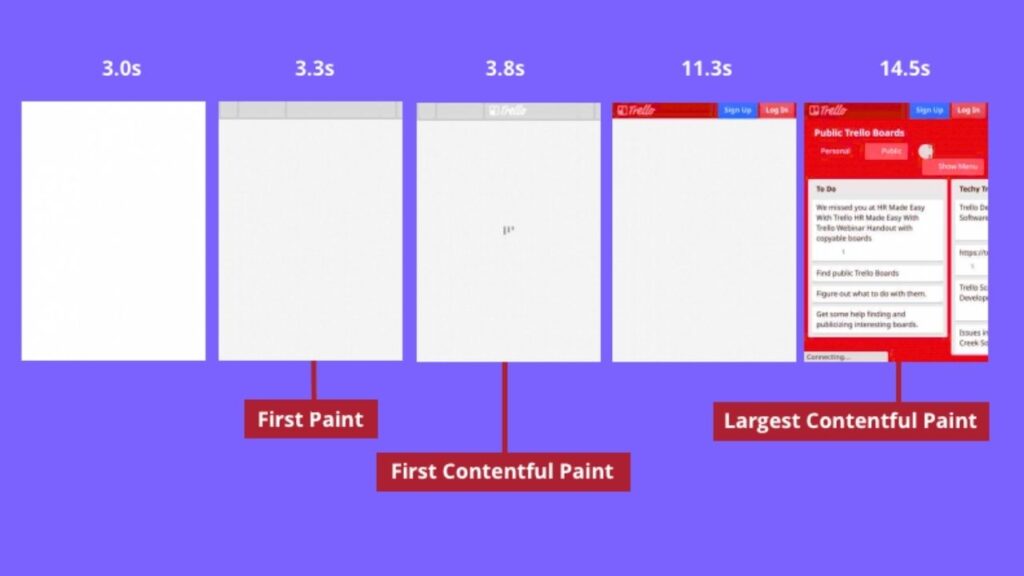
- UI Load Times: Features like Settings, Split Screen, and Workspaces are now up to 40% faster, making routine tasks feel instantaneous.
- Downloads, History, and Private Tabs: These core functions have all seen noticeable speed increases, so you spend less time waiting and more time doing.
Efficiency Mode: Saving Power, Extending Productivity
Edge’s Efficiency Mode is designed for users who want both speed and battery longevity. By intelligently pausing background tabs and reducing resource usage, Efficiency Mode can extend laptop battery life by up to 25 minutes. This is especially valuable for students and professionals who rely on their devices throughout the day.
Benchmark Results: The Numbers Behind the Hype
Edge’s improvements are confirmed by industry-standard benchmarks:
- Speedometer 3.0: Edge 134 is up to 9% faster than previous versions. This test simulates real-world web usage patterns.
- Startup and Navigation: Edge opens 2% faster and navigates between pages 1.7% faster than before.
- Web Page Responsiveness: Interacting with websites—clicking, scrolling, typing—is now 5–7% more responsive.
How Does Edge Compare to Chrome in 2025?
Edge vs Chrome: The Performance Showdown
| Feature/Aspect | Microsoft Edge (2025) | Google Chrome (2025) |
|---|---|---|
| UI Load Time | 40% faster on key features | Slightly slower on complex UI |
| FCP | <300ms | Typically 350–400ms |
| Memory Efficiency | Uses less RAM, better for multi-tab users | Higher memory usage |
| Battery Life | Up to 25 minutes longer with Efficiency Mode | Shorter battery life |
| JavaScript Speed | Up to 9% faster on Speedometer 3.0 | Competitive, but slightly behind |
| Feature Updates | Frequent, focus on speed and resource management | Regular, but less focused on UI speed |
These improvements mean that Edge is not just keeping pace with Chrome—it’s setting new standards in several key areas.
What Does This Mean for You?
- Students: Faster research and smoother online learning.
- Professionals: Improved productivity through quicker downloads, history, and private tabs.
- Everyone: Less waiting, longer battery life, and a more enjoyable browsing experience.
Practical Guide: How to Maximize Microsoft Edge’s New Speed
1. Enable Efficiency Mode for Better Battery Life
Efficiency Mode is a must-use feature, especially for laptop users. It automatically pauses background tabs and optimizes resource use, giving you more time between charges.
How to enable:
- Open Edge.
- Click the three dots (…) in the upper right corner.
- Go to Settings > System and performance.
- Toggle Efficiency mode to On.
2. Keep Edge Up to Date
Microsoft is rolling out improvements regularly. To make sure you’re benefiting from the latest speed enhancements, always use the newest version.
How to check for updates:
- Go to Settings > About Microsoft Edge. The browser will automatically check for and install updates.
3. Use Sleeping Tabs for Heavy Multitasking
If you keep many tabs open, Sleeping Tabs can help. Inactive tabs are put to sleep, freeing up memory and CPU for the tabs you’re actively using.
To enable:
- Go to Settings > System and performance > Optimize Performance.
4. Take Advantage of Split Screen and Workspaces
These features now load almost instantly:
- Split Screen: Lets you view two web pages side by side, perfect for research or multitasking.
- Workspaces: Organize your tabs by project or topic for a cleaner, more efficient workflow.
5. Stay Tuned for Upcoming Features
Microsoft is committed to continuous improvement. Soon, you’ll see speed boosts for features like Print Preview and Extensions, making Edge even more powerful and responsive.
The Professional Perspective: Why Edge’s Speed Matters at Work
Productivity Gains
Faster browser performance translates directly to better productivity. Less waiting means more time for critical tasks, whether you’re analyzing data, responding to emails, or managing multiple projects.
Reduced Frustration
Every second counts in a busy workday. Edge’s improvements mean fewer delays, less frustration, and a smoother workflow—important for both individual contributors and teams.
IT and Enterprise Benefits
For organizations, Edge’s efficiency can also mean lower hardware requirements. A browser that uses less RAM and CPU can extend the life of existing computers, reducing costs and supporting sustainability goals.
Microsoft Quietly Removes Key Password Management Feature, Sparking User Concerns
Microsoft Declares the Dawn of Logical Qubits—Shifting Quantum from Theory to Practicality
Microsoft Declares the Beginning of the Logical Qubit Era in Quantum Computing
FAQs About Microsoft Edge Gets Lightning-Fast Speed Boost
Is Microsoft Edge really faster than Chrome now?
Yes. With its latest updates, Edge is up to 40% faster on key features and offers a First Contentful Paint under 300ms, which is faster than Chrome in most real-world scenarios.
Will these improvements work on my old laptop?
Absolutely. Edge’s performance enhancements benefit all types of hardware, from older laptops to the latest desktops.
How do I know if I’m using the latest version of Edge?
Go to Settings > About Microsoft Edge. If you see version 134 or higher, you’re up to date.
Does using Efficiency Mode slow down my browsing?
No. Efficiency Mode only limits background tabs, not the ones you’re actively using. You get better battery life without sacrificing speed.
Are there any features being removed from Edge?
Yes. Microsoft is streamlining the browser by removing features like the Image Editor, Image Hover menu, Mini menu, Video Super Resolution, and Wallet Hub to focus on core performance.



